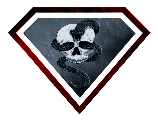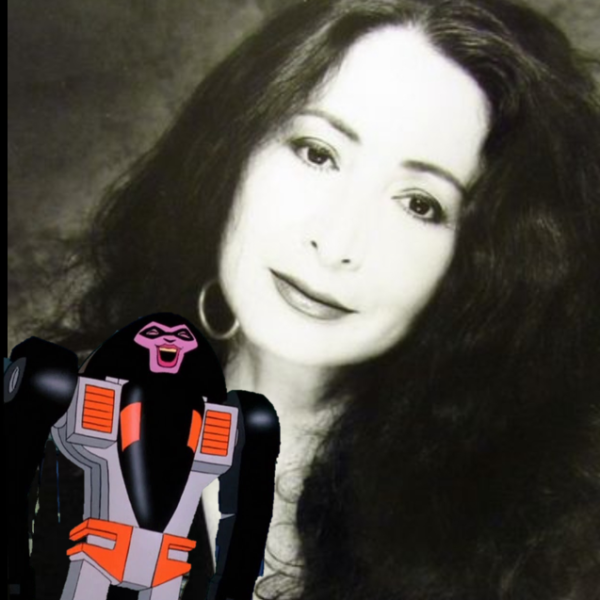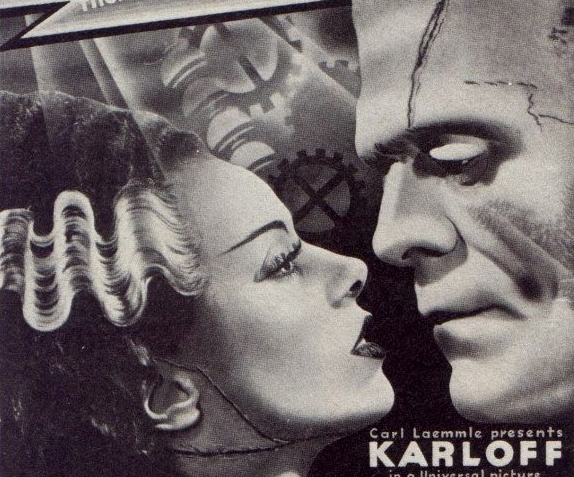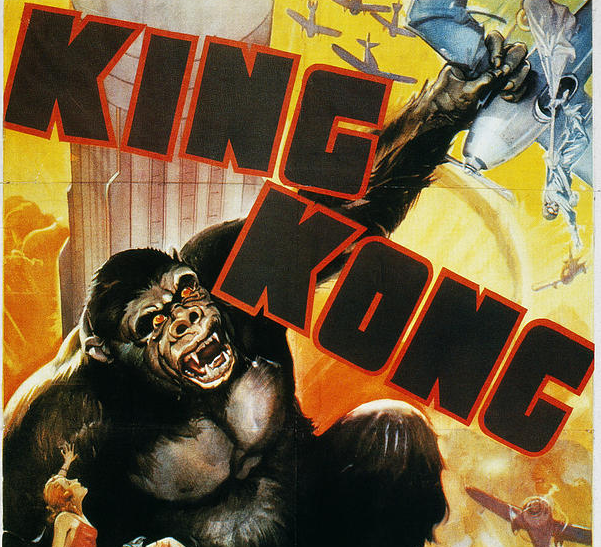October Monster Mash: “The Shadow That Will Not Die” – Nosferatu (1922)
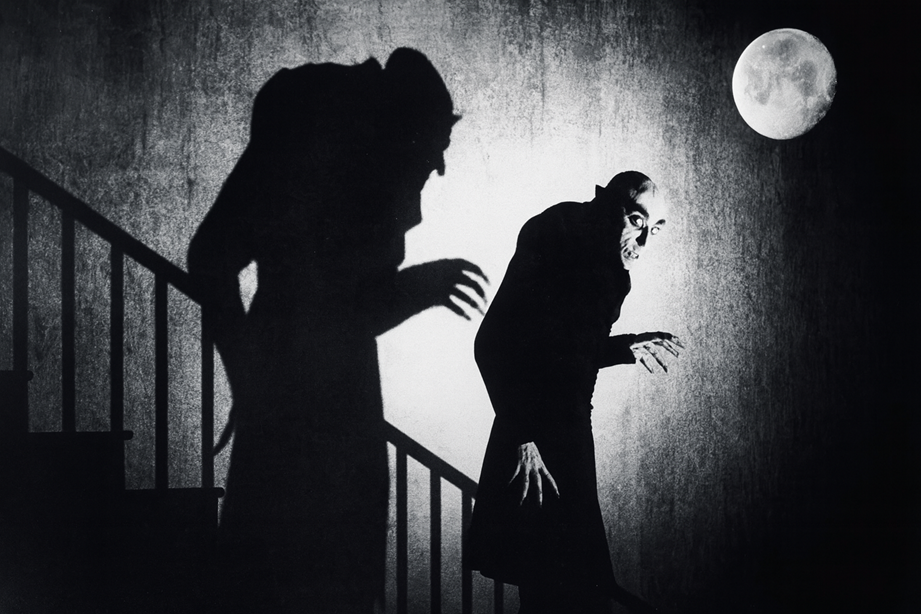
The Birth of Cinematic Horror
Before Bela Lugosi’s cape, before Universal’s castles, there was Count Orlok — the rat-faced specter of death who stalked across silent film frames in 1922. Nosferatu, directed by Friedrich Wilhelm Murnau, wasn’t just the first vampire movie — it was the birth of horror cinema itself.
A shadowy adaptation of Bram Stoker’s Dracula (made without permission), Nosferatu took gothic terror from the page to the screen with nightmarish imagery that still chills over a century later.
Because Stoker’s widow sued the producers for copyright infringement, nearly every copy was ordered destroyed — but like its undead villain, Nosferatu refused to die.
The Story: A Plague from Transylvania
The plot mirrors Dracula but drips with the atmosphere of German Expressionism. A young real estate agent named Thomas Hutter is sent to Transylvania to arrange a property sale for a mysterious nobleman named Count Orlok.
When Hutter arrives at Orlok’s decaying castle, he finds more than hospitality — he finds death itself. Orlok, played by Max Schreck, is a grotesque figure: bald, skeletal, with long clawed fingers and a rat-like face.
In one of cinema’s most iconic moments, Orlok silently rises from his coffin, stiff as a board, and glides toward his victim. The sequence still induces dread through its simplicity and stillness.
Orlok soon sets sail for the city of Wisborg, bringing with him a ship full of coffins — and the plague. As people fall ill and die, the film blurs the line between disease and the supernatural. Orlok is less a seductive vampire and more a living pestilence, the embodiment of contagion.
In the film’s climactic act, Hutter’s wife, Ellen, sacrifices herself — allowing Orlok to drink her blood until the sun rises. When the dawn light touches him, he disintegrates into smoke, ending the curse.
Expressionism in Motion
Nosferatu is a masterclass in German Expressionist cinema, where light, shadow, and architecture reflect the inner world of fear and madness. Murnau’s framing — tilted angles, looming silhouettes, empty streets — evokes a dreamlike sense of unease.
Cinematographer Fritz Arno Wagner turned real European landscapes into something uncanny. Unlike later studio-bound horror, Nosferatu filmed on location — ruined castles, cobbled streets, and misty harbors that feel both real and otherworldly.
And then there’s the shadow — Orlok’s clawed silhouette creeping up a staircase to his victim’s bedroom wall — perhaps the most famous image in horror history. It’s the essence of fear itself: something unseen yet unmistakably close.
Max Schreck: The Face of Fear
The actor behind Count Orlok, Max Schreck, became the stuff of legend. His name literally means “terror” in German, and his performance was so convincing that rumors spread he might be an actual vampire.
His portrayal differs from later, romanticized versions of the character — Orlok is a monster, not a man. There’s no charm, no glamour, only hunger. He is pestilence personified, a walking corpse feeding on life.
The Curse That Wouldn’t Die
Though Nosferatu was nearly lost to copyright destruction, a few prints survived, allowing it to rise again decades later as one of cinema’s crown jewels.
Its survival influenced every vampire film that followed — Dracula (1931), Salem’s Lot (1979), Shadow of the Vampire (2000), and even Nosferatu remakes, like Werner Herzog’s haunting 1979 version starring Klaus Kinski.
Every time a pale creature emerges from the dark, every time a shadow stretches across a wall — it’s Nosferatu’s legacy at work.
Conclusion
As part of our October Monster Mash, Nosferatu (1922) stands as the ancestor of horror, the film that gave us the vampire’s cinematic soul.
It’s silent, grainy, and ancient — but still alive. Its power lies not in what it shows, but what it suggests: the inevitability of death, the fragility of light, and the monsters we cannot name.
So when night falls and you see a shadow climb your wall… remember that the oldest monster of them all still walks among us.
“When he rises from his coffin, the shadows themselves tremble.”
